Did you hear the phrase “hug it out” as a kid?
We were told to hug it out when we had some sibling tiffs. I don’t know if our parents and grandparents knew that there was actual science to this, but they knew it worked.
Whether you’re happy or sad, excited or mad, a hug is the “go-to” for comfort.
It makes us feel good. How? The biggest benefit of a hug is the release of oxytocin, one of the “happy hormones” that creates the feeling of love, connection, and social bonding. From the moment we are born, the gentle caress of a mother or the skin-to-skin of a father has shown to be beneficial in moderating heart rate, affecting calmness, and even promoting brain cell connections.
Science & Benefits
There are numerous benefits that we get from hugging. Interesting fact: Temple Grandin’s hug machine sparked research on the use of deep pressure for those with anxiety, autism, and ADHD (attention deficit/hyperactivity disorder). The benefit of reduced stress has a profound impact on all areas of health. Stress, as we know, is the number one contributor to all things chronic.
Hugs go beyond immediate pleasure. They have long-term benefits too, creating resilience and making us less reactive to stress. Hugs can also improve sleep by lowering levels of the hormone cortisol, which is a key regulator of our sleep-wake cycle. And, since high levels of stress and anxiety can suppress our immune functions, hugs could help our ability to fight infections. Research has even found that “huggers” are less likely to get a cold, and if they do, they have less severe symptoms.
Lastly, overall well-being and pleasure are boosted when social bonds are present and strong. Touch helps maintain relationships because of the release of endorphins, triggering our reward center. This works even when stroking your pet. The best part is that the benefits are shared by all involved!
“I have learned that there is more power in a good strong hug than in a thousand meaningful words.” – Ann Hood
The Art of a Hug
So, is there a right way to hug? How often do we need hugs? And how long should a hug last? Let’s get into the art of a hug. This is really not an art; it is based on energy. For a hug to be effective, transfer energy, and boost all the endorphins, it should last about 20 seconds (give or take a little). We all need about 8 hugs a day just as maintenance but if we want growth then bump that up to 12 hugs a day- per Virginia Satire, a world-renowned family therapist who also mentioned we need 4 hugs a day just for survival.
Here’s the formula for the perfect H.U.G.:
- H – Hold on tight
- U – Until you relax, and
- G – Grow your bond
The amount of pressure should be medium; firm but not restrictive. Stay in your hug until you feel the release, usually around 20 seconds. You will feel the relaxation effect. I did this recently when at the hospital with my cousin. She could not believe the release and difference she felt after one 20-second hug. You will also feel your bond deepen as you release that oxytocin. Just be sure it’s someone you trust; you may not want to bond with everyone. This is some strong stuff.
Sometimes all you need is a hug!
Free Hugs
Go out and get your hugs. Pass them out. Take care of the people you love with hugs. Tap into that energy and feel the release. Connect. The positive effects of regular hugs, even if brief, are good for you. If you want to reduce stress, and be happier and healthier, start with hugs!
I see you, and YOU are beautiful!
- Edelson, S. M., Edelson, M. G., Kerr, D. C., & Grandin, T. (1999). Behavioral and physiological effects of deep pressure on children with autism: a pilot study evaluating the efficacy of Grandin's Hug Machine. The American journal of occupational therapy : official publication of the American Occupational Therapy Association, 53(2), 145–152.
- Cohen, S., Janicki-Deverts, D., Turner, R. B., & Doyle, W. J. (2015). Does hugging provide stress-buffering social support? A study of susceptibility to upper respiratory infection and illness. Psychological science, 26(2), 135–147.
- Jablonski N. G. (2021). Social and affective touch in primates and its role in the evolution of social cohesion. Neuroscience, 464, 117–125.


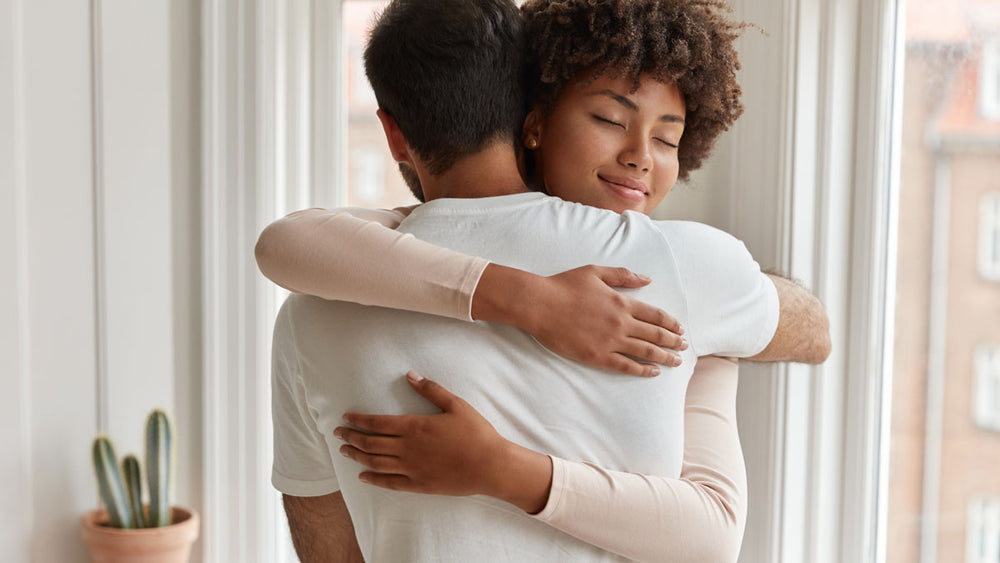

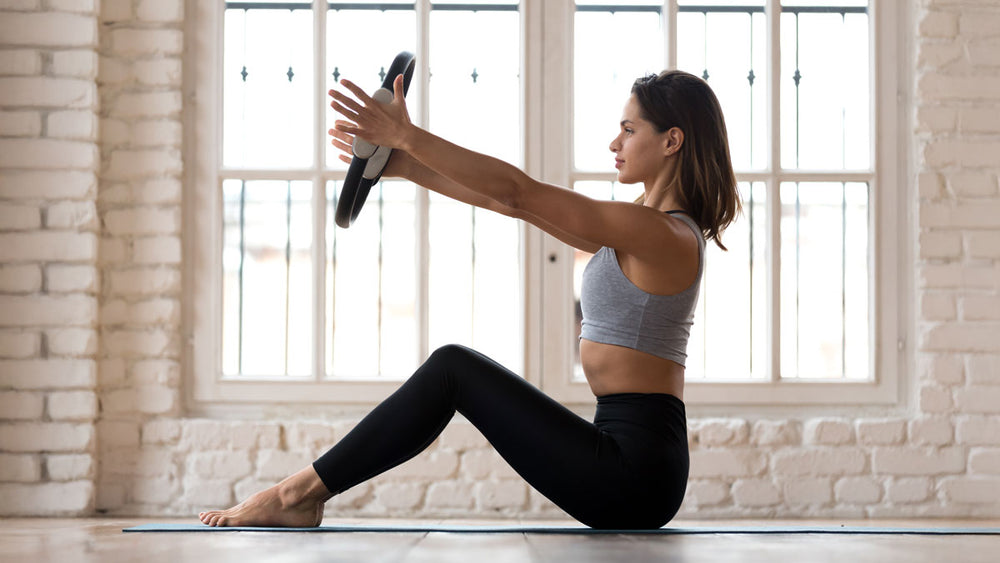

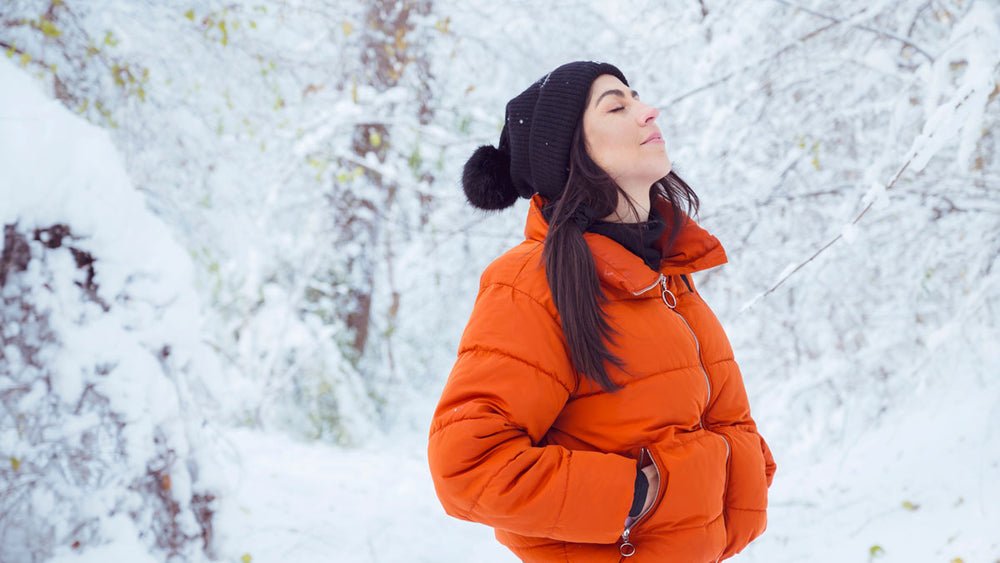
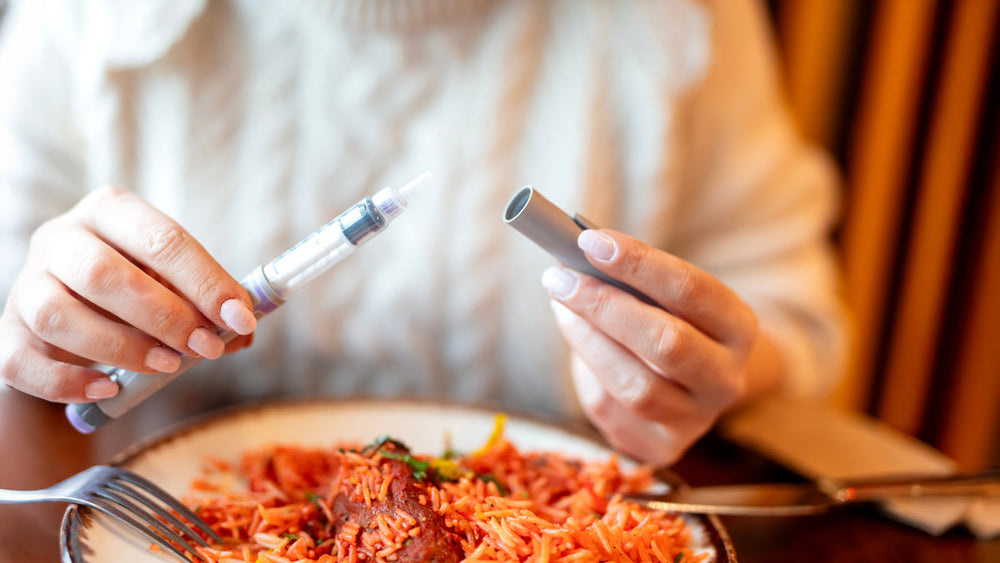

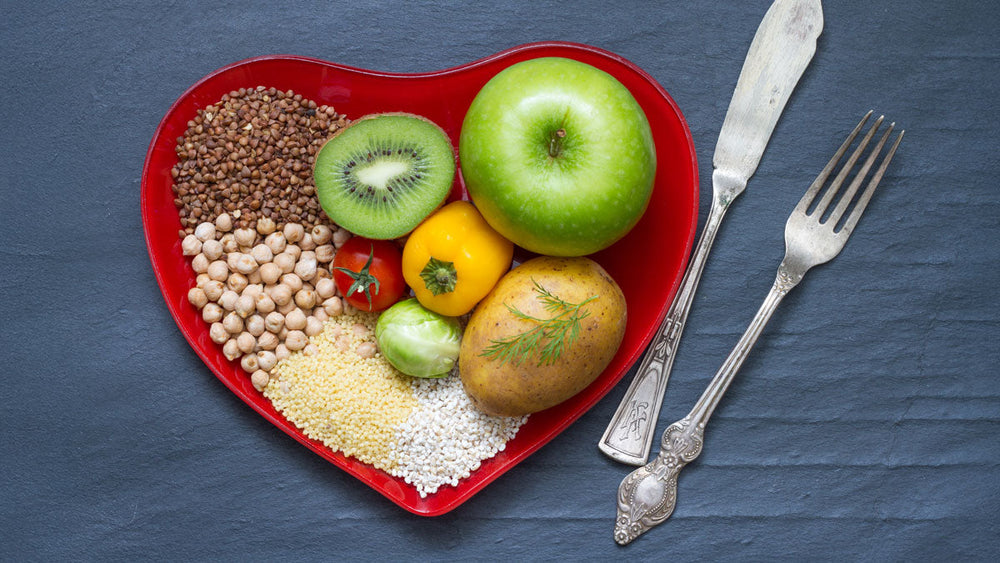



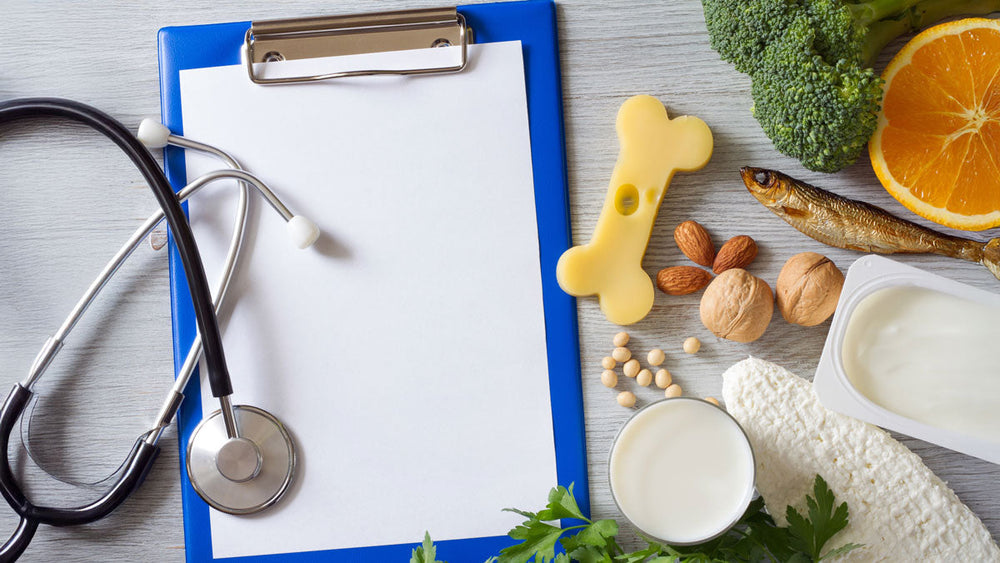




Comments
Join The Conversation...